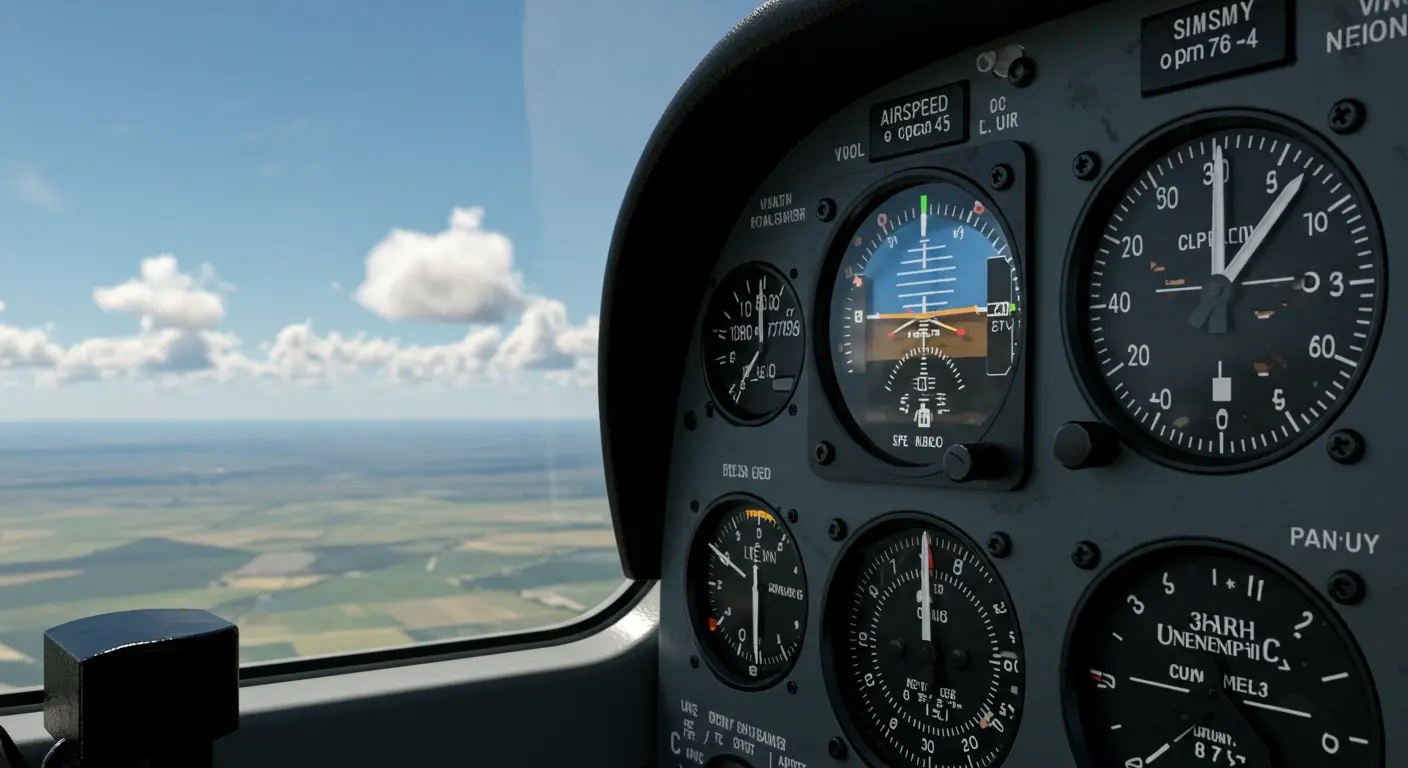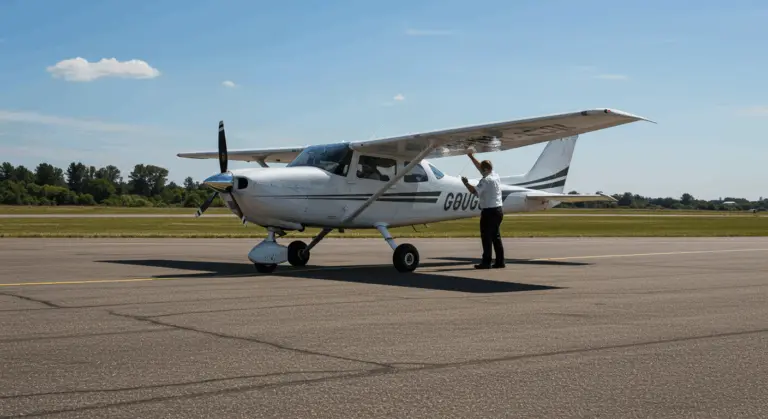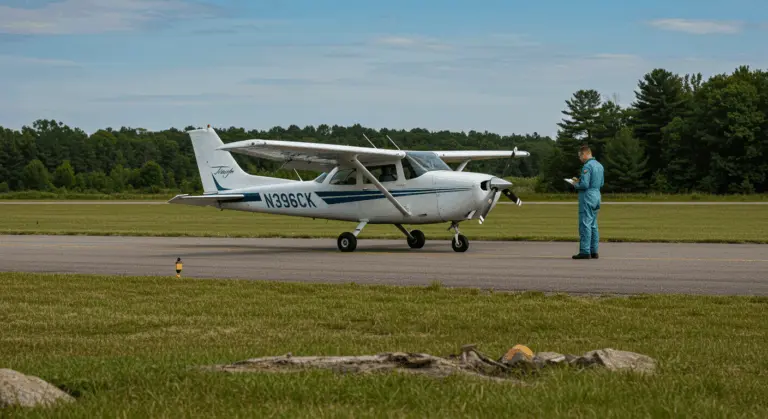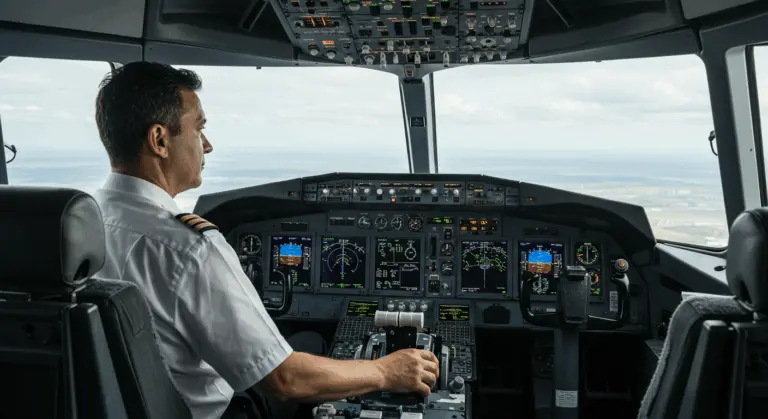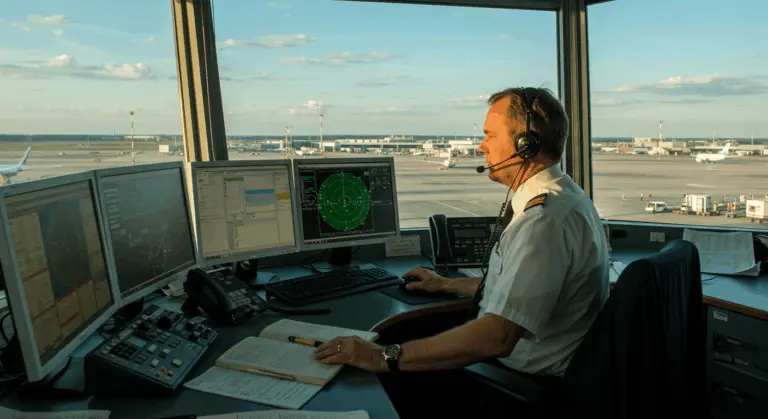Understanding True Airspeed in Aviation – Definition and Calculation
What is True Airspeed?
True airspeed (TAS) represents the actual velocity of an aircraft cutting through the surrounding air mass. Unlike other airspeed measurements, TAS accounts for air density variations—fluctuations driven by altitude, temperature, and humidity. This precision makes it essential for pilots and flight planners who need to understand an aircraft’s genuine performance capabilities.
As aircraft ascend to higher altitudes, the atmosphere grows increasingly thin. Fewer air molecules flow into the pitot tube—the instrument responsible for measuring airspeed. Consequently, at higher elevations, true airspeed significantly exceeds the indicated airspeed displayed on cockpit instruments.
True airspeed represents the final step in the airspeed calculation sequence, refining calibrated airspeed by accounting for both compressibility and air density effects. To determine ground speed, pilots must then incorporate wind factors into their calculations.
How to Calculate True Airspeed
Pilots often rely on a practical rule of thumb for quick estimates: TAS increases by roughly 2% over Indicated Airspeed (IAS) for every 1,000 feet of altitude gained. This method works well for quick estimates.
For precision calculations, pilots turn to several proven methods:
-
E6B Flight Computer: This mechanical slide rule calculates TAS from indicated airspeed, pressure altitude, and outside air temperature. It remains a standard tool in aviation training.
-
Electronic Flight Calculators: Modern electronic devices and aviation apps perform the same calculations with greater speed and precision.
-
Mathematical Formula: TAS can be calculated directly using the formula: TAS = IAS × √(ρ0 / ρ), where ρ0 is standard sea-level air density and ρ is the actual air density.
These calculations assume standard atmospheric conditions—an important limitation. Actual true airspeed will deviate in non-standard temperature and pressure environments.
Factors Affecting True Airspeed
Multiple dynamic factors shape true airspeed calculations:
-
Altitude: As altitude increases, air density decreases, causing TAS to be significantly higher than IAS.
-
Temperature: Warmer air is less dense, which increases TAS. Conversely, colder air is denser and decreases TAS.
-
Pressure: Higher atmospheric pressure increases air density, which decreases TAS for a given IAS.
-
Humidity: Humid air is slightly less dense than dry air, causing a minor increase in TAS.
-
Aircraft Configuration: Changes like deploying flaps or landing gear alter the relationship between IAS and Calibrated Airspeed (CAS), an intermediate value used to find TAS.
-
Instrument Errors: Inaccuracies in the pitot-static system affect the initial IAS reading, which propagates to the final TAS calculation.
Understanding these factors is essential for precise flight planning, fuel calculations, and performance predictions. On extended flights, seemingly minor errors can accumulate into significant errors that can affect safety and efficiency.
True Airspeed vs Indicated Airspeed
The distinction between true airspeed (TAS) and indicated airspeed (IAS) is fundamental to aviation operations and safety protocols. Each measurement serves distinct purposes and finds application in specific flight scenarios.
-
Indicated Airspeed (IAS): The direct, uncorrected reading from the airspeed indicator. It is used for aircraft handling, as critical speeds (like stall speed) are based on IAS.
-
Calibrated Airspeed (CAS): IAS corrected for instrument and position errors. This is an intermediate step toward calculating TAS.
-
True Airspeed (TAS): CAS corrected for air density (affected by altitude and temperature). It represents the aircraft’s true speed through the air mass and is used for navigation. At sea level in standard conditions, IAS and TAS are nearly equal.
In practice, pilots depend on IAS for aircraft control and TAS for navigation. This divergence between the two speeds becomes increasingly pronounced at higher altitudes—a relationship every aviator must understand.
Practical Applications of True Airspeed
True airspeed serves multiple vital functions in flight management:
-
Flight Planning and Navigation: TAS is essential for calculating the time required to fly between waypoints. Combined with wind data, it yields ground speed for accurate navigation.
-
Fuel Calculations: Performance charts use TAS to determine fuel consumption rates, which is critical for planning fuel loads.
-
Aircraft Performance Evaluation: Pilots use TAS to verify the aircraft is meeting performance specifications for range and endurance.
-
Weather Avoidance: TAS helps in calculating the time needed to navigate around weather systems like thunderstorms.
-
Air Traffic Management: Air Traffic Control uses ground speed derived from TAS to maintain safe separation between aircraft.
-
Modern Instrumentation: Air Data Computers (ADCs) automatically calculate TAS and feed it to flight management and autopilot systems for optimized flight.
This explains why understanding TAS is essential for informed decision-making and improves flight safety and operational efficiency. Even in today’s highly automated aircraft, this fundamental knowledge proves invaluable.
Conclusion: The Importance of True Airspeed
True airspeed is fundamental to aviation—bridging the critical gap between instrument readings and an aircraft’s actual performance through the atmosphere.
From a safety standpoint, understanding true airspeed and its relationship to other airspeed measurements allows pilots to maintain appropriate margins from performance limitations. This knowledge becomes particularly vital when operating in challenging environments—such as high-density altitude conditions where aircraft performance may suffer dramatically.
In aviation operations, true airspeed enables efficient airspace utilization and traffic management. By establishing a standardized measurement of aircraft velocity through air, it enables consistent planning and separation protocols across diverse aircraft types operating at varying altitudes and atmospheric conditions.
Modern flight systems may automate TAS calculations, yet a pilot’s fundamental grasp of this concept remains essential. This knowledge proves particularly valuable when managing system failures or operating with basic instrumentation—situations where automation cannot substitute for understanding.
TAS is more than just a number—it’s a critical measurement ensuring safety, efficiency, and optimal performance. Making it an essential concept for every aviator, regardless of experience level.

